
- Home
- Photography Tours
- Diary / Blog
- Galleries
- Foreign Trips
- Tasmania 2016
- NE Queensland 2016
- Western Alps 2016
- NE Spain 2016
- Australia's Wet Tropics 2015
- Australia's Top End 2015
- SW Australia 2015
- Switzerland 2015
- Andalucia 2015
- Belize 2015
- Australia 2014
- Switzerland 2014
- Belize 2014
- Bahama Islands 2014
- Switzerland 2013
- Ecuador 2012-2013
- Florida 2011-2012
- Vancouver Island 2011
- Australia 2010
- Peru 2008
- Bulgaria 2007
- Lesvos 2006
- California 2006
- New Zealand 2005
- Extremadura 2005
- Goa, India 2004
- The Gambia 2003
- About
December 2016
Tasmania, Australia
Part 9

Striated Fieldwren (Calamanthus fuliginosus)
Fieldwrens are a group of birds I've never had much luck with in the past, as many of the species in the group tend to be quite shy, secretive birds that mostly stay hidden in dense vegetation.

Striated Fieldwren (Calamanthus fuliginosus)
Striated Fieldwrens seemed to be a bit more cooperative, and although they share the habit of remaining in dense cover most of the time, they at least pop up onto exposed perches to sing.
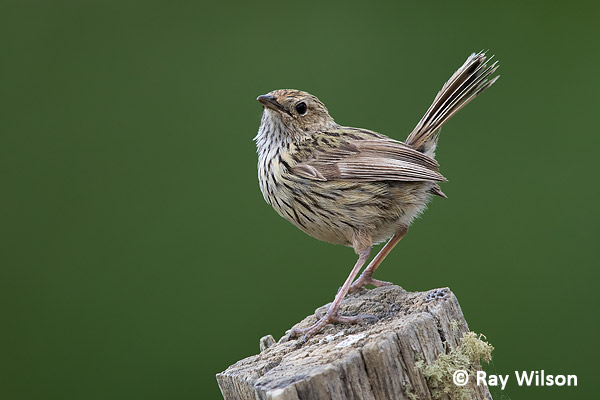
Striated Fieldwren (Calamanthus fuliginosus)
We found a particularly cooperative group feeding on the grass at the edge of an orchard whilst cruising the back roads to the south of Hobart one afternoon that allowed us to get some excellent shots as they frequently perched on the roadside fenceposts.
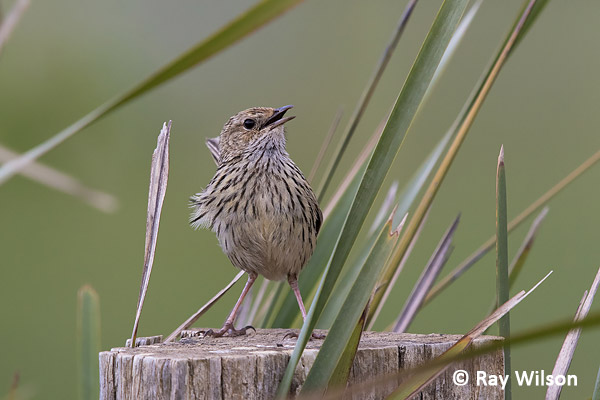
Striated Fieldwren (Calamanthus fuliginosus)
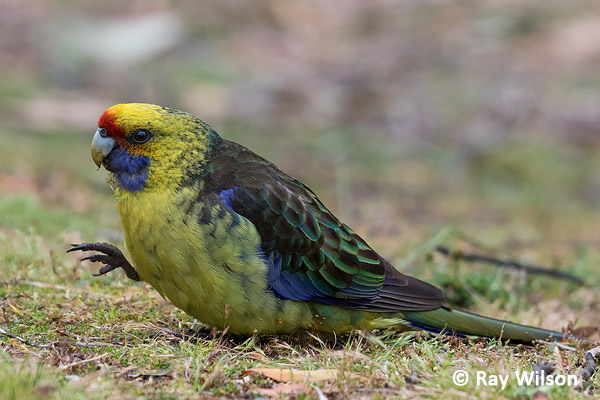
Green Rosella (Platycercus caledonicus)
The endemic Green Rosella can be extremely tame in some locations and at one of the campsites I stayed at in eastern Tasmania one even came and landed on the edge of the sink inside my campervan!
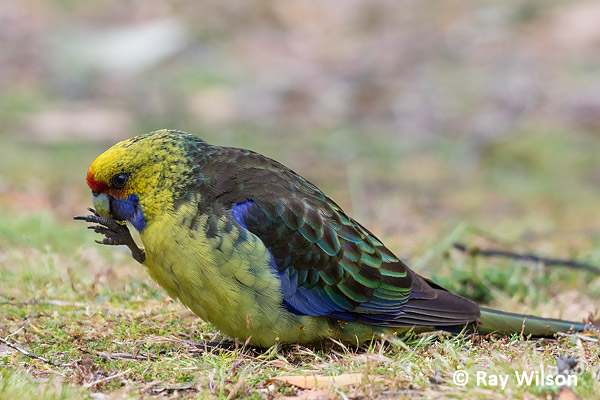
Green Rosella (Platycercus caledonicus)

Green Rosella (Platycercus caledonicus)
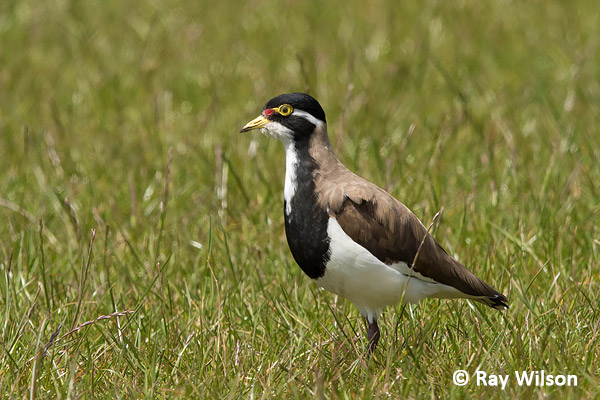
Banded Lapwing (Vanellus tricolor)
Banded Lapwings are fairly common in open grassland areas and quite large flocks could sometimes be seen feeding in the paddocks and fields.
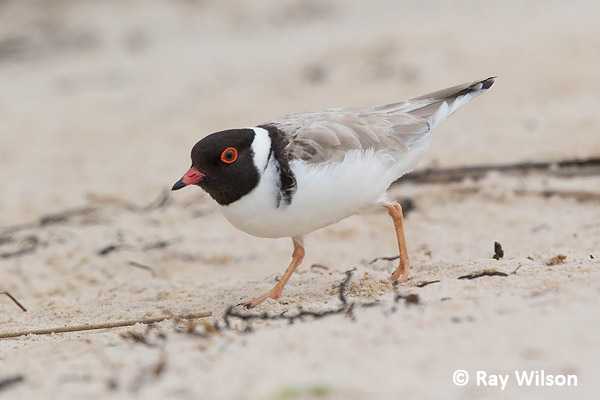
Hooded Plover (Thinornis cucullatus)
Spending time on sandy beaches is many people's idea of an ideal way to spend their free time. I'm the opposite and usually go out of my way to avoid them, but they do sometimes have their attractions, and a quiet beach occupied by a pair of Hooded Plovers is one of them.
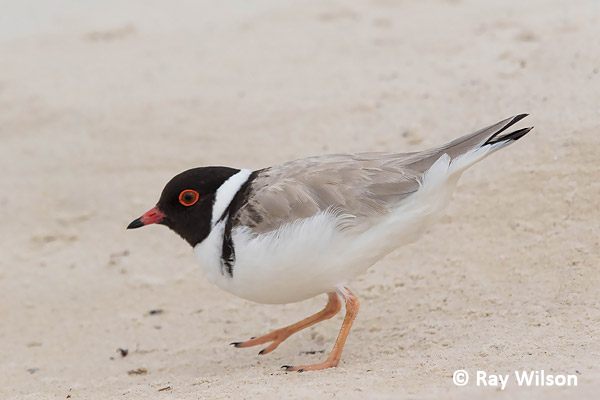
Hooded Plover (Thinornis cucullatus)
The main downside of lying in the sand to get a nice low angle is that I later had to spend ages cleaning the sand off my equipment. The pesky stuff gets everywhere!
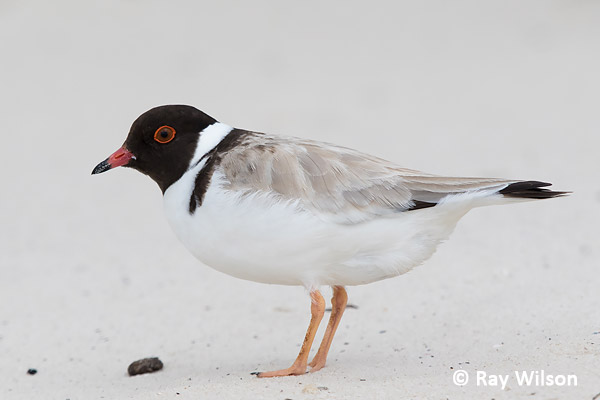
Hooded Plover (Thinornis cucullatus)
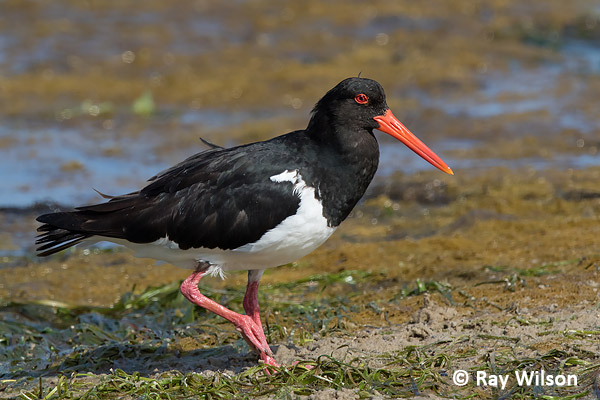
Pied Oystercatcher (Haematopus longirostris)
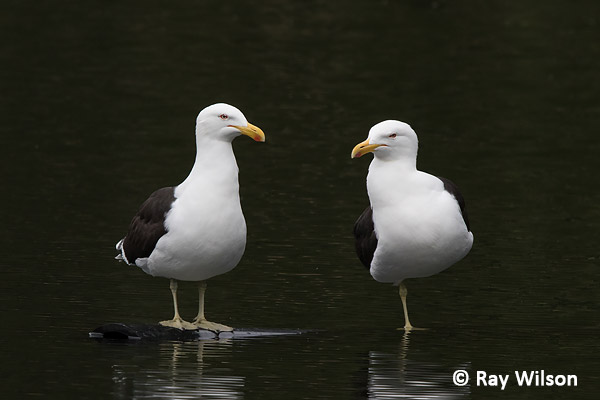
Kelp Gulls (Larus dominicanus)
Unlike in the Northern Hemisphere, gull identification is pretty straightforward in Australia as there are only 3 pretty distinctive resident species. Silver Gull is unmistakeable and the only time confusion between the other two should be possible is when the bill is not visible. There is no mistaking the massive bill of the Pacific Gull!
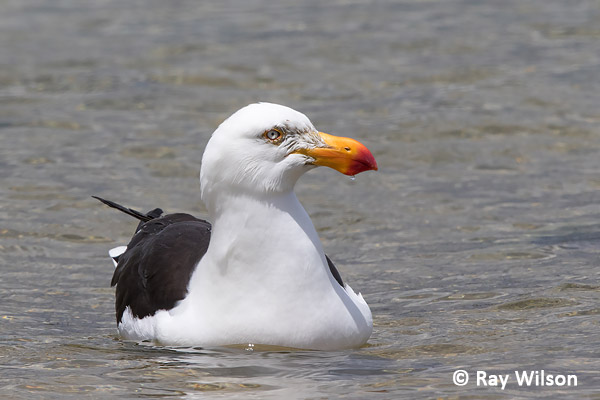
Pacific Gull (Larus pacificus)
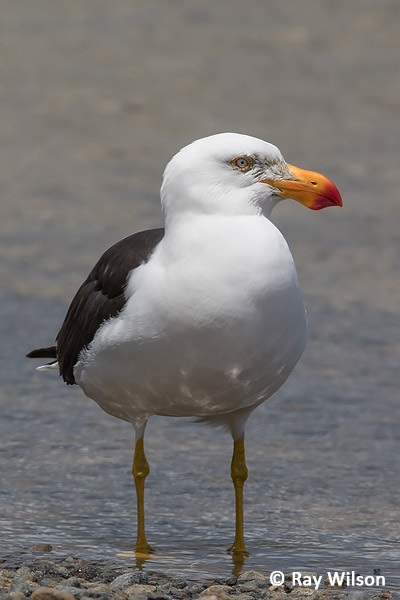
Pacific Gull (Larus pacificus)
Ray Wilson owns the copyright of all images on this site.
They may not be used or copied in any form without prior written permission.
raywilsonphotography@googlemail.com